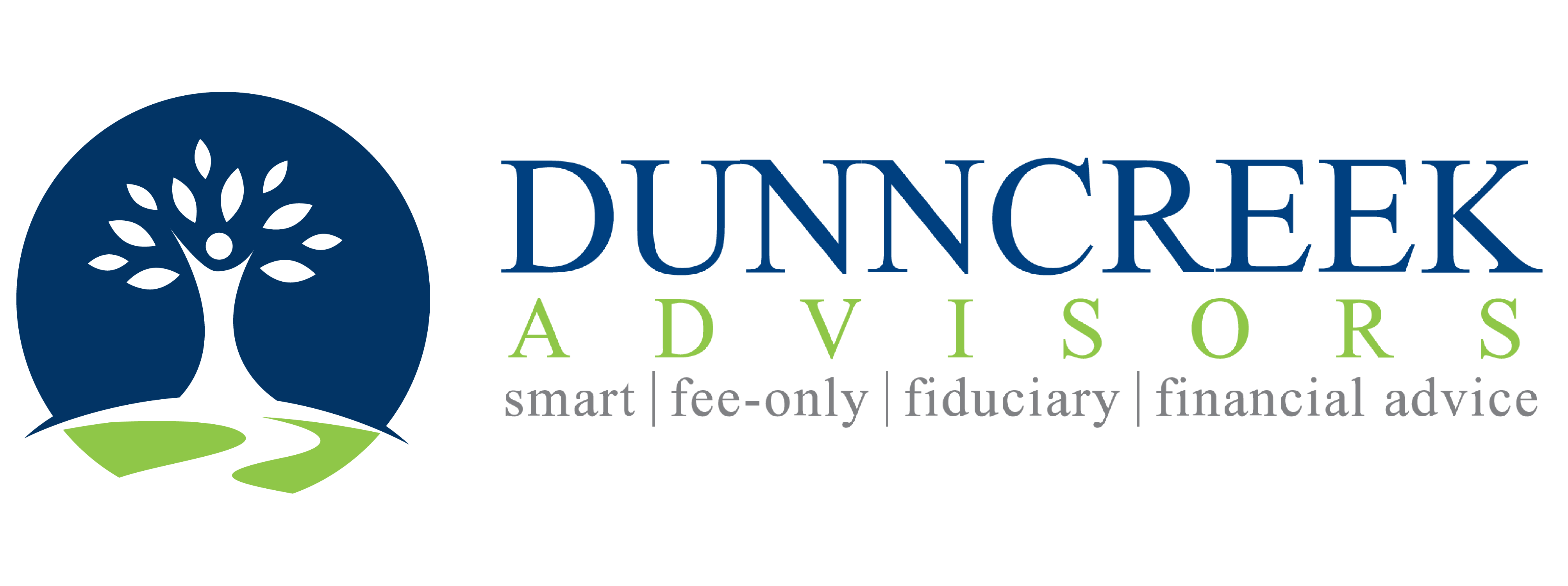For most families, saving for retirement is their largest financial goal. It’s become part of the American dream to quit working and just have fun someday. However, as we wind down the second decade of the 21st century, it’s getting harder to actually accomplish.
Decline of pensions
The idea a company pension for retirement in America dates back to 1875 when the American Express Company established its first plan. Over the years, pensions became more popular and in the 1980s pensions covered nearly half of all private sector workers and nearly all public employees.
Most workers today do not have a pension. Currently about 4 percent of private sector workers have a pension. About 14 percent of workers work for the federal, state or local government and have a pension.
How much do I need to retire?
If you want to quit your job and just have fun, you will need to save up to do it. To get started, answer these simple questions.
1. Figure out what it will take to cover your needs:
- What do you want to spend in retirement?
- Where will you live?
- What things will you do? Will they cost money, or make money?
- How will your health hold up?
2. Look at what you can count on today:
- Social Security benefits
- Pensions
- Other dedicated retirement income
3. What will you need to save to make up the difference between the two above?
- How much do you have saved now?
- How are you adding to savings now?
- To your work 401(k), or other, plan?
- To Individual Retirement Accounts?
- To taxable investment accounts?
- How long do you have before you want to stop saving and start spending?
Goal setting process
When you have the answers to those questions, you are ready to start. And a great place to begin is to formalize your process. Dr. Gail Matthews of Dominican University of California found that:
- Those who wrote their goals accomplished significantly more than those who did not write their goals.
- Three coaching tools: accountability, commitment and writing down one’s goals all make a measurable difference in goal achievement.
Details on the study are available here.
It might be intimidating to think about, but I challenge you to set a Big Hairy Audacious Financial Goal (BHAFG).
Call it out, write it down and share it with somebody. If your goal is to quit working and just have fun someday, I would suggest that a great partner is a financial planner. And I further suggest you find one who is always your advocate (a fiduciary advisor) and who only gets paid by you, not any products or financial companies (a fee-only advisor).
A great place to start looking for the right advisor is to talk with a couple CERTIFIED FINANCIAL PLANNER™ professionals.
To find a CFP® professional near you, start your search here.
As you visit with financial planners, I suggest a couple things to check:
- Is the advisor always the client’s advocate – a fiduciary advisor?
- Is the advisor only paid by clients, not any financial product manufacturer or distribution network? That would be a fee-only advisor.
These two points help assure that you are working with a professional who is committed to your best interest at all times. It seems sort of obvious to me that a professional would work in this way, but it’s not automatic.
A fiduciary, fee-only, CFP® professional can help you make great retirement planning choices and develop a comprehensive financial plan that is driven by your goals and priorities and addresses all aspects of your financial life. With a big-picture approach, you will be better prepared to understand your options at every step along the way.
Yes, I am a CFP® professional. I’m always a fiduciary and I only work on a fee basis. And yes, I’m still taking on a few great families to be part of my financial planning practice.
If you want to get started working toward quitting work and just having fun, contact my office atrdunn@dunncreekadvisors.com. I am always happy to meet with people who are working on their retirement plans. Dunncreek Advisors does not provide legal or tax advice, nor is this article intended to do so.


 How will a trade war affect the U.S. economy?
How will a trade war affect the U.S. economy?